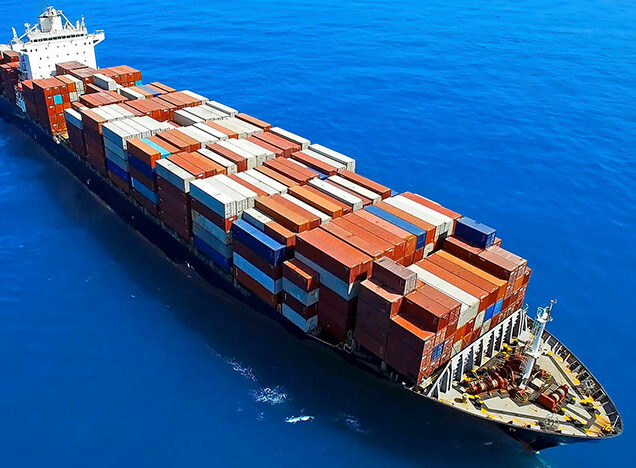Maritime cargo transport is a key pillar of international trade, offering many advantages... and some drawbacks.
Among the advantages, transport capacity is one of the most notable. Cargo ships can carry thousands of tons of goods, making them the most cost-effective way to ship large quantities over long distances. In addition, the cost per transport unit is generally lower than that of air or land transport, due to economies of scale.
Another advantage is the flexibility in terms of the types of goods transported. Cargo ships can be adapted to carry containers, dry bulk, liquids, and even hazardous goods. Moreover, the global network of maritime routes provides extensive connectivity between different markets, thus facilitating international trade.

However, maritime transport also has its disadvantages. Transit times are longer compared to air transport, which can be a drawback for perishable goods or urgent shipments. Delays may also occur due to adverse weather conditions, port congestion, or strikes. In addition, the risk of piracy in certain regions of the world poses a threat to cargo security.
Finally, the environmental impact of maritime transport is significant. Although relatively efficient in terms of emissions per ton-kilometer, the air and water pollution caused by ships presents major environmental challenges.